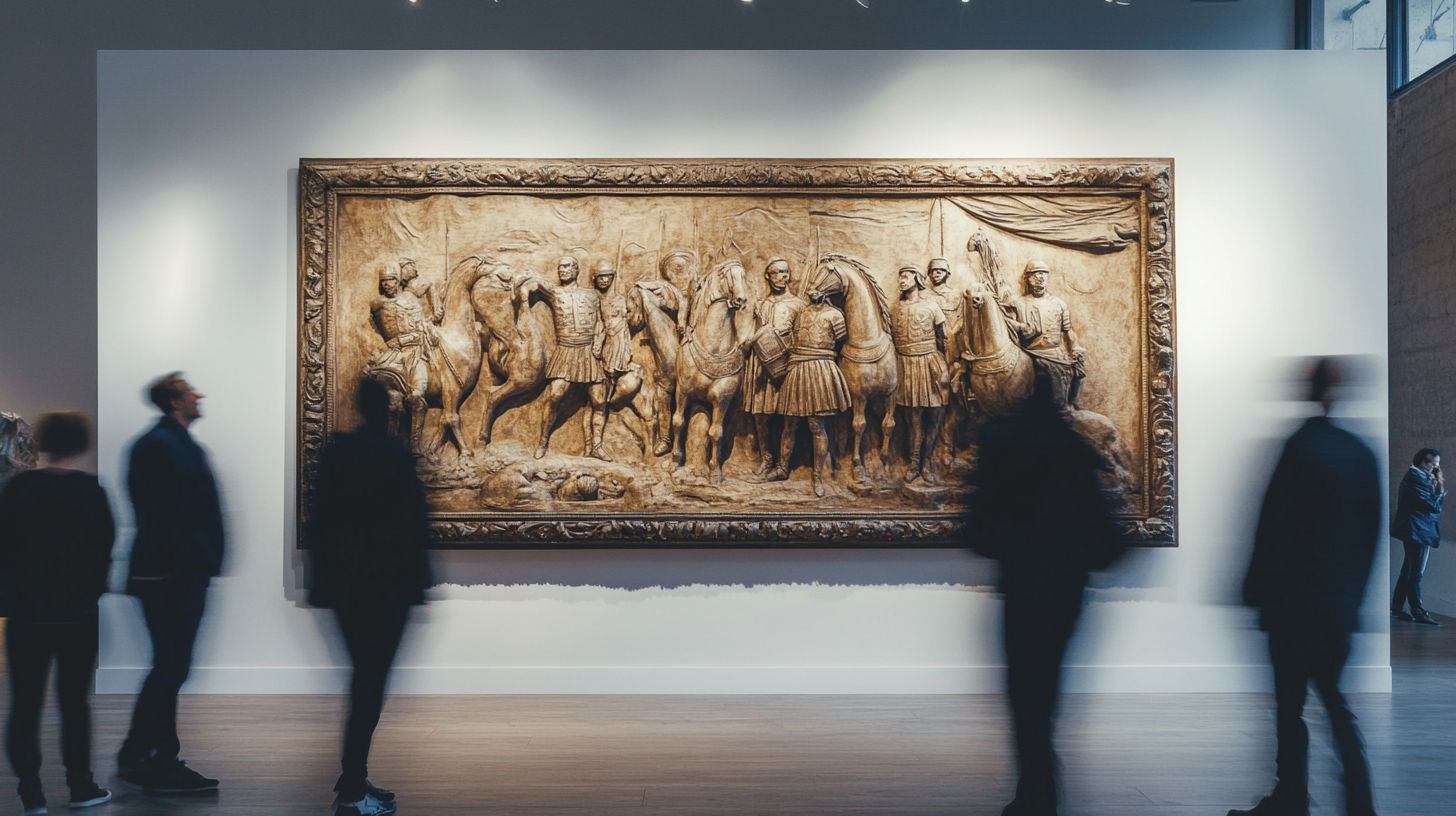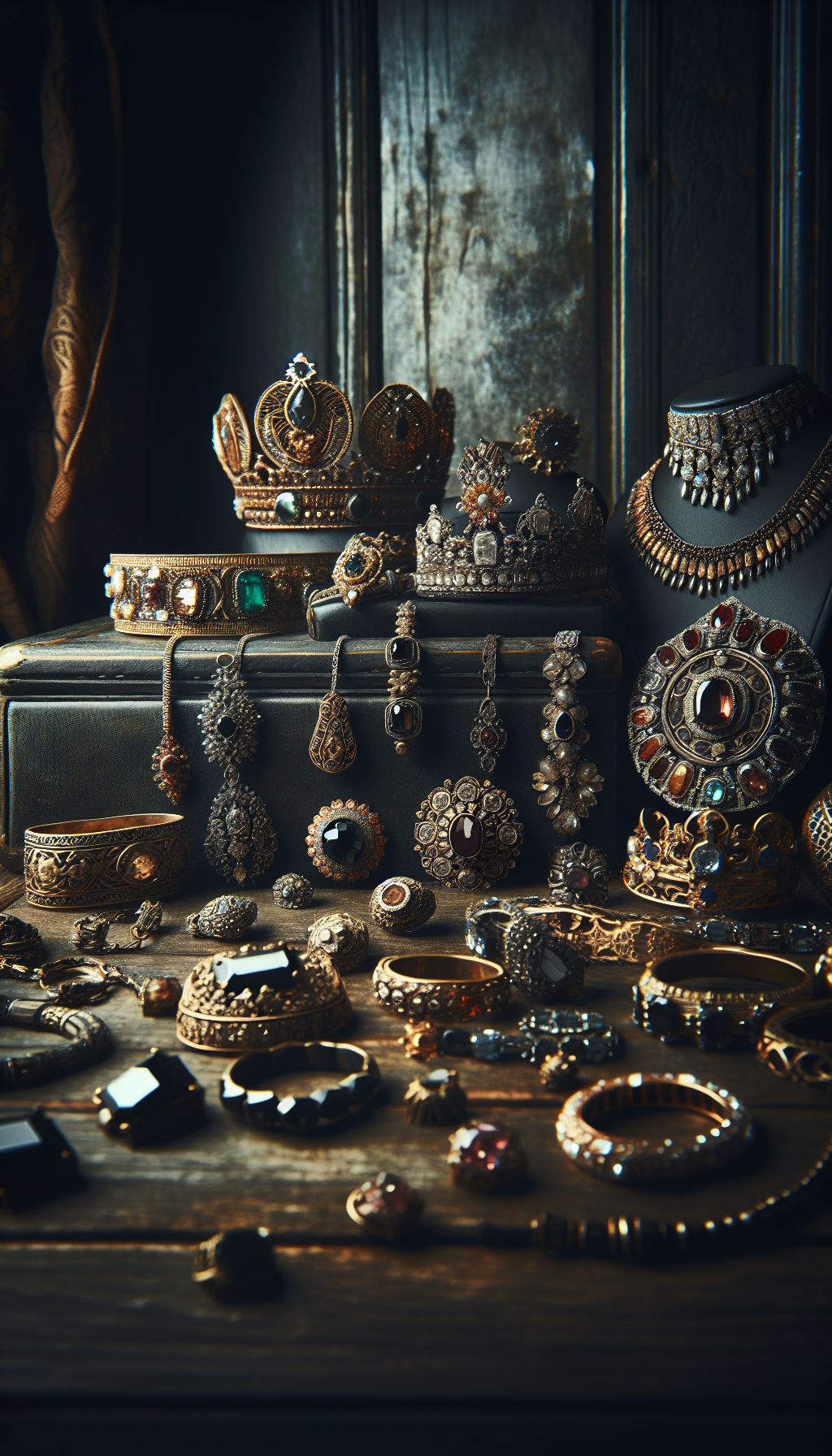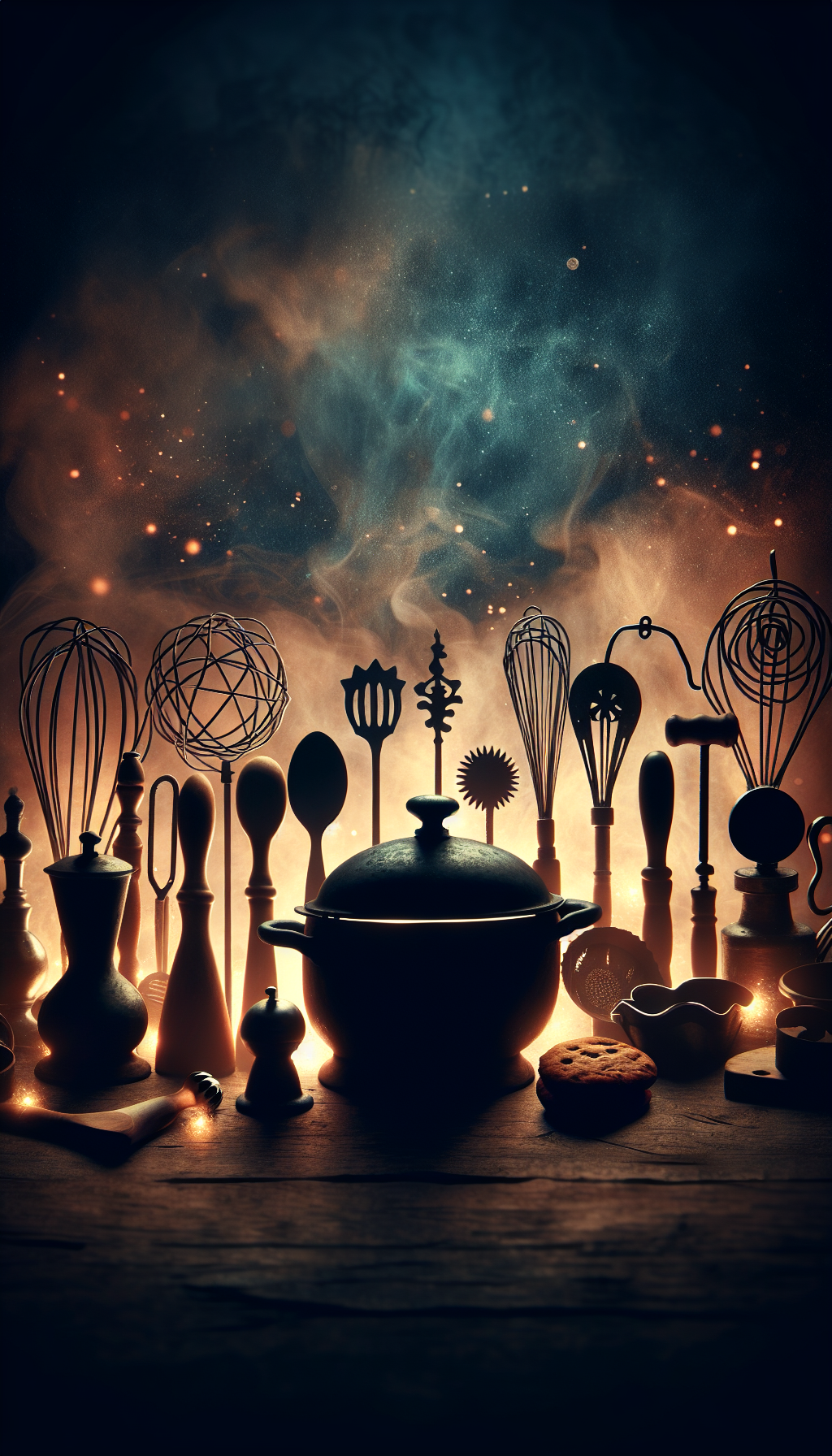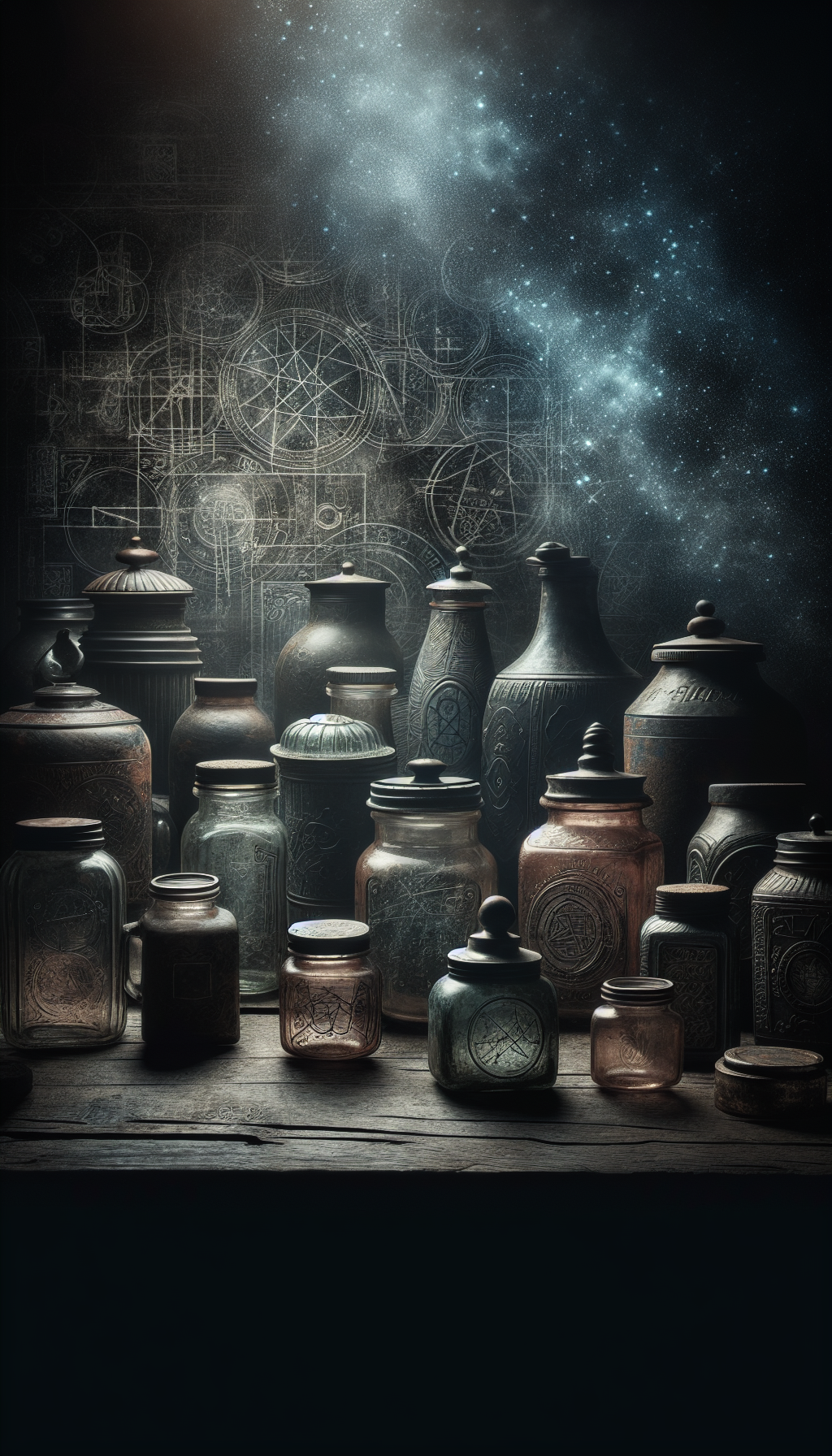Introduction to J. Segura Fiberglass Art
Juan Segura, often signing his works as “J. Segura,” created distinctive three-dimensional fiberglass art pieces that have become sought-after collectibles in the mid-century modern art market. These sculptural wall hangings, popular from the 1960s through the 1970s, are characterized by their dramatic relief designs, historical themes, and unique construction technique.
Who Was Juan Segura?
Segura’s fiberglass art pieces typically feature scenes from medieval, Roman, or Renaissance themes, including warriors, horses, bullfighters, and Don Quixote figures. These works were often distributed through Finesse Originals, a company that specialized in decorative wall art during the mid-century period.
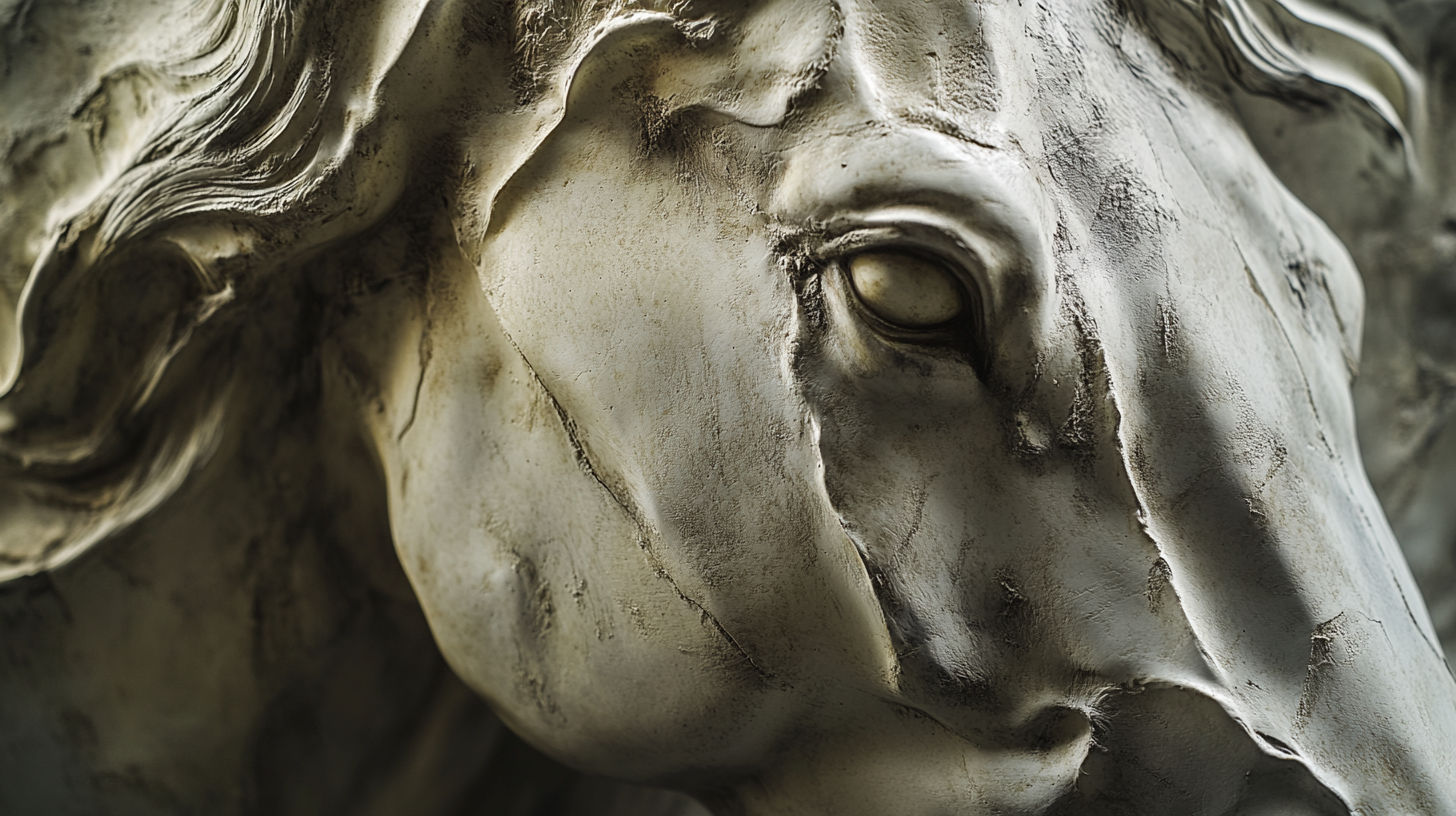
Identifying Authentic J. Segura Fiberglass Art
Signature and Markings
Most authentic J. Segura pieces are signed in the lower right or left corner. The signature typically appears as “J. Segura” or “Juan Segura,” often accompanied by a date. Some pieces may also include a mark or label from Finesse Originals, the primary distributor of his work.
Construction and Materials
Segura’s art is characterized by:
- Three-dimensional relief design
- Fiberglass construction with painted details
- Substantial weight despite the fiberglass medium
- Frames that are typically wooden and stained in brown tones
- Depth that varies from 1-3 inches depending on the design
Common Themes and Subjects
Popular J. Segura Art Themes
- Roman soldiers on horseback (most sought-after)
- Medieval knights and warriors
- Spanish matadors and bullfighting scenes
- Don Quixote-inspired imagery
- Religious figures and scenes
J. Segura Fiberglass Art Value Factors
Size and Scale
Size significantly impacts the value of Segura’s work:
- Large pieces (over 40" in any dimension) typically command premium prices
- Medium-sized works (24-40") represent the most common sizes available
- Smaller pieces (under 24") are less common but may sell for less unless they feature rare subjects
Subject Matter and Complexity
The subject matter greatly influences value:
- Roman soldier and horse compositions are among the most valuable
- Intricate battle scenes with multiple figures demand higher prices
- Religious scenes have a dedicated collector base
- Bullfighting and matador scenes appeal to specialized collectors
Condition Assessment
J. Segura Art Condition Factors
Check applicable items to assess your piece's condition
- No cracks or damage to the fiberglass relief
- Original paint intact with minimal wear
- Frame in good condition without warping
- Hanging hardware intact and original
- No significant discoloration or yellowing
- Clear, legible signature present
- Original Finesse Originals label (if applicable)
Rarity and Provenance
- Limited production runs of certain designs can significantly increase value
- Documented provenance, especially with original receipt or documentation
- Pieces from notable collections may command premium prices
- Original Finesse Originals tags or labels increase desirability
Current Market Values for J. Segura Art
J. Segura Fiberglass Art Price Ranges
Current market values based on recent sales (2022-2023)
</tbody>
</table>
Notable Auction Results
Several significant auction sales of J. Segura works have helped establish market benchmarks:
- A large (24" x 69") “Roman Soldiers and Horses” composition sold for $3,528 in a gallery setting (2015)
- A “Diana” fiberglass relief measuring 42" x 28" was valued at $3,528 in excellent condition (2015)
- A “Five Horses” fiberglass wall art panel sold at auction for approximately $980 (2021)
- A Don Quixote themed piece from the 1960s sold for $1,050 at a specialized auction (2022)
J. Segura Art Market Trends
- 1960s-1970s
Original Production Period
Segura's fiberglass reliefs were produced and distributed primarily through Finesse Originals, marketed as high-end decorative art for modern homes. - 1980s-1990s
Declining Interest Period
As design trends shifted away from mid-century aesthetics, Segura's works decreased in popularity and were often found in secondary markets at modest prices. - 2000s-2010s
Rediscovery Phase
The resurgence of interest in mid-century modern design led to renewed appreciation for Segura's distinctive fiberglass works. - 2015-Present
Peak Collector Interest
Values have steadily increased as collectors recognize these pieces as distinctive examples of mid-century decorative arts, with premium pieces now regularly commanding four-figure prices.

Where to Buy and Sell J. Segura Fiberglass Art
Online Marketplaces
eBay: A common source for Segura pieces, with current listings ranging from $700-$1,750. The platform offers wide visibility but requires careful assessment of seller reliability and condition reports.
Etsy: Vintage sellers on Etsy occasionally offer Segura pieces, typically at fixed prices ranging from $500-$1,000 depending on size and subject.
Chairish & 1stDibs: These curated platforms specialize in vintage design and typically offer higher-end Segura pieces, often professionally photographed and with verified authenticity. Prices tend to be at the upper end of the market range ($1,000-$3,500).
Auction Houses and Galleries
Specialized auction houses occasionally feature Segura works, particularly in sales focused on mid-century design or decorative arts. Recent examples include:
- LiveAuctioneers has featured several Segura pieces in specialized auctions
- Invaluable.com regularly lists Segura works in their decorative arts auctions
- Local and regional auction houses may offer better values as they sometimes have less exposure to specialized collectors
Antique Shows and Vintage Markets
In-person shopping at antique shows, vintage markets, and estate sales can sometimes yield Segura pieces at more favorable prices, particularly when sellers may not be familiar with the current market value of these specialized works.
Authentication and Appraisal
Professional Appraisal Options
Decorative Arts Specialists: Appraisers specializing in mid-century decorative arts can provide the most accurate valuations for Segura’s work.
Auction House Specialists: Major auction houses like Christie’s and Sotheby’s offer appraisal services, though they typically focus on higher-value items.
Online Appraisal Services: Platforms like JustAnswer have provided valuations for Segura pieces, with documented cases of professional appraisals for pieces like the “Roman Soldiers and Horses” composition.
Documentation to Gather
When seeking an appraisal, prepare the following information:
- Clear photographs of the entire piece, including close-ups of the signature
- Detailed measurements (height, width, and depth)
- Photos of any labels, particularly Finesse Originals tags
- Documentation of provenance, if available
- Condition notes, including any damage or repairs
Self-Authentication Tips
For preliminary authentication before professional appraisal:
- Examine the signature carefully - authentic Segura signatures are typically hand-signed in paint
- Check construction techniques - genuine pieces have a distinctive construction with fiberglass layered over a wooden backing
- Research comparable examples through auction archives and vintage design resources
- Verify period-appropriate materials and framing techniques
Caring for J. Segura Fiberglass Art
Display Recommendations
- Hang in locations away from direct sunlight to prevent fading and discoloration
- Avoid areas with high humidity or temperature fluctuations
- Ensure proper wall anchoring due to the substantial weight of larger pieces
- Consider UV-protective glass or acrylic framing for particularly valuable pieces
Cleaning and Maintenance
- Dust regularly using a soft, dry brush or microfiber cloth
- For deeper cleaning, use a barely damp microfiber cloth without cleaning solutions
- Never use chemical cleaners on the fiberglass surface
- If the wooden frame requires cleaning, use only products designed for finished wood
- Consider professional conservation for damaged pieces rather than DIY repairs
Storage Considerations
If storage is necessary:
- Wrap in acid-free materials, never in plastic
- Store flat rather than leaning against walls
- Maintain consistent temperature and humidity
- Use custom crating for valuable pieces if long-term storage is required
Common Questions About J. Segura Fiberglass Art
How do I know if my J. Segura fiberglass art is authentic?
Authentic J. Segura fiberglass art typically features:
- A hand-signed "J. Segura" or "Juan Segura" signature, usually in the lower corner
- Three-dimensional relief construction using fiberglass
- Common themes including Roman soldiers, medieval scenes, matadors, or Don Quixote
- Quality craftsmanship with detailed painting
- Sometimes a Finesse Originals label or tag
If you’re uncertain, consider consulting with a decorative arts appraiser specializing in mid-century pieces.
What is the most valuable type of J. Segura fiberglass art?
The most valuable J. Segura pieces tend to be:
- Large-scale Roman soldier and horse compositions (particularly those 35" or larger)
- Rare or unusual subjects with complex, multi-figure compositions
- Pieces in excellent original condition with no damage or repairs
- Works with provable provenance or original documentation
The "Roman Soldiers and Horses" compositions, especially in the 24" x 69" size, are among the most sought-after and valuable, with retail gallery values exceeding $3,500 for pieces in excellent condition.
When were J. Segura fiberglass art pieces produced?
J. Segura's fiberglass relief art pieces were primarily produced during the 1960s and 1970s, coinciding with the height of the mid-century modern design movement. Many pieces are dated, typically in the signature area, with most falling between 1965-1975. Production appears to have been limited to this period, making these works representative of their era.
How should I clean my J. Segura fiberglass art?
To clean J. Segura fiberglass art safely:
- Use a soft, dry microfiber cloth or soft brush to remove dust
- For stuck-on dirt, use a barely damp microfiber cloth with distilled water only
- Never use chemical cleaners, alcohol, or solvents on the fiberglass
- Clean the wooden frame separately with appropriate wood care products
- Allow any dampened areas to dry completely before returning to display
For valuable pieces or significant cleaning needs, consider consulting with an art conservator specializing in modern materials.
Where can I sell my J. Segura fiberglass art for the best price?
To maximize the value when selling J. Segura art:
- Specialist dealers: Mid-century modern or decorative arts dealers may offer fair prices for immediate purchase
- Curated platforms: Sites like 1stDibs, Chairish, or EBTH cater to design-conscious buyers willing to pay premium prices
- Auction houses: For exceptional pieces, specialized auction houses can reach the right collector audience
- Direct sale platforms: eBay or Etsy allow direct sales but require good photography and accurate descriptions
Before selling, consider getting a professional appraisal to understand your piece’s true market value.
External Resources for J. Segura Art Collectors
Invaluable: Juan Segura Auction Results
Browse historical auction results for Juan Segura artwork with prices realized at various auction houses. Useful for tracking market trends and comparable sales.
LiveAuctioneers: J. Segura Fiberglass Art Results
View past auction results specifically for J. Segura fiberglass art panels, including detailed descriptions and realized prices.
MutualArt: Juan J. Segura Artist Information
Access artist information, auction history, and market data for Juan J. Segura works, including modernist fiberglass art pieces.
1stDibs: Mid-Century Fiberglass Wall Art Guide
Explore expertly curated J. Segura fiberglass wall art pieces with detailed descriptions, professional photography, and authentication information.
JustAnswer: J. Segura Art Valuation Example
Review a professional appraisal example for two J. Segura fiberglass pieces, providing insight into valuation methodology and price factors.
Conclusion: The Lasting Appeal of J. Segura Fiberglass Art
J. Segura’s distinctive fiberglass relief sculptures represent a unique artistic expression that emerged during the mid-century modern era. Their three-dimensional quality, dramatic historical themes, and distinctive craftsmanship have ensured their continued appeal among collectors of vintage and decorative arts.
For collectors and sellers, understanding the factors that influence value—size, subject matter, condition, and rarity—is essential for making informed decisions in today’s market. As with many specialized collecting fields, knowledge and authentication are key to navigating this niche but rewarding area of mid-century decorative arts.
Whether displayed in a contemporary setting or among other mid-century pieces, J. Segura’s fiberglass creations continue to command attention and appreciation, bridging historical themes with modernist sensibilities in a truly distinctive artistic expression.
Get a Professional Appraisal
Unsure about your item’s value? Our certified experts provide fast, written appraisals you can trust.
- Expert report with photos and comps
- Fast turnaround
- Fixed, upfront pricing
No obligation. Secure upload.
| Category | Price | Notes |
|---|---|---|
| Large Roman/Medieval Scenes (35"+ wide) | $1,500 - $3,500 | Highest demand for soldier & horse compositions |
| Medium Roman/Medieval Scenes (24-35" wide) | $800 - $1,800 | Most common size range available |
| Matador/Bullfighting Scenes | $700 - $1,500 | Values depend heavily on complexity and size |
| Don Quixote Scenes | $900 - $2,000 | Particularly popular with literature enthusiasts |
| Religious Scenes | $600 - $1,400 | More niche collector base |
